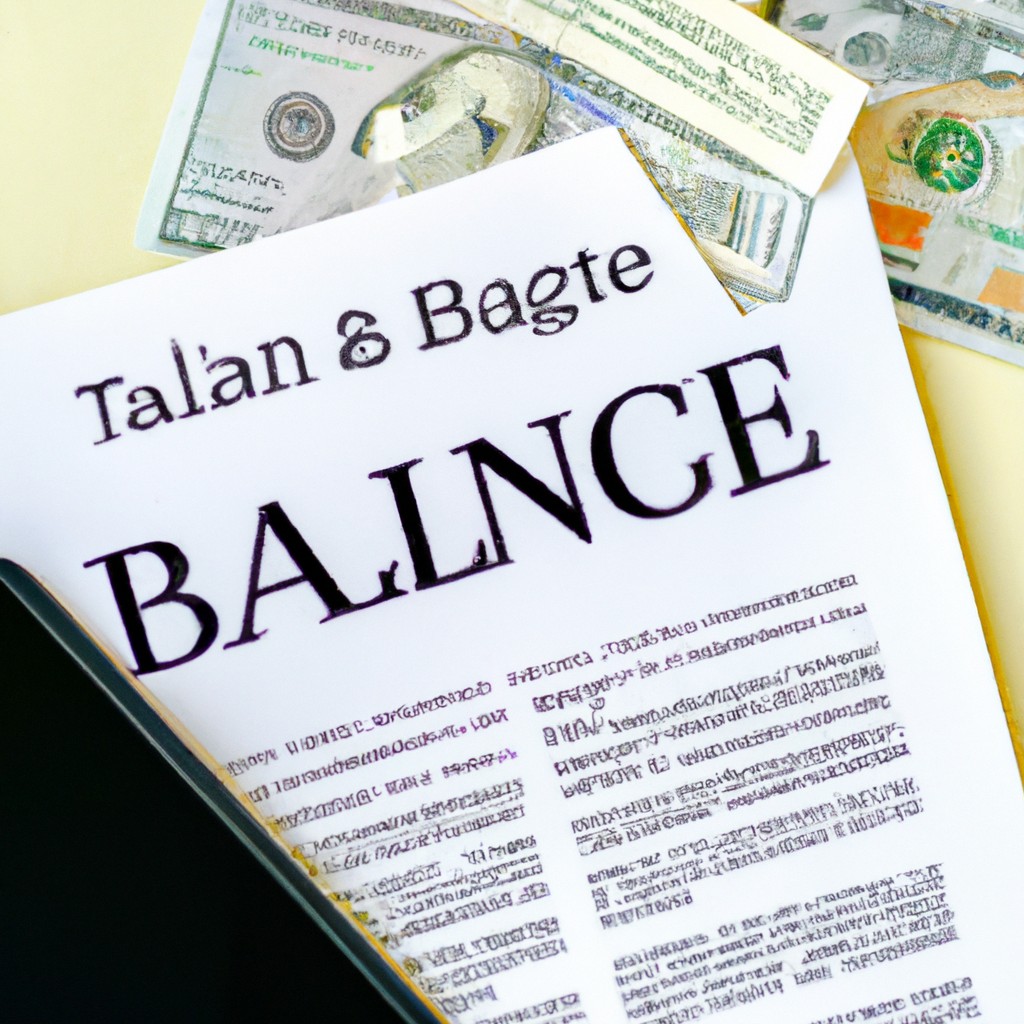Analysis of the impact of welfare programs on income inequality

Welfare programs can influence income inequality by providing support to low-income individuals. These programs aim to alleviate poverty and enhance social well-being by redistributing resources. By analyzing the impact of welfare initiatives, we can assess their effectiveness in narrowing income gaps. Studies have shown varying results, with some indicating positive outcomes in reducing inequality. However, challenges such as administrative barriers and funding limitations can hinder the full potential of these programs. It is essential to continuously evaluate and improve welfare systems to ensure they benefit those most in need. Addressing income inequality requires a multifaceted approach that considers the diverse needs of society.
Read more
Explanation of income inequality

Income inequality refers to the unequal distribution of income among individuals in a society. Factors contributing to income inequality include disparities in education and job opportunities, as well as systemic discrimination. This results in a widening gap between the rich and the poor, leading to social and economic tensions. Policymakers must address these issues through progressive taxation, education reform, and job creation programs to promote a more equitable society. Income inequality not only impacts individuals' financial well-being but also affects their access to healthcare, education, and other essential services. Addressing income inequality is crucial for creating a more just and inclusive society.
Read more
Impact of tax havens on income inequality

Tax havens exacerbate income inequality by enabling the wealthy to evade taxes, widening the wealth gap. This practice perpetuates social disparities, hindering economic growth and creating an unfair playing field for individuals and businesses. As wealth accumulates in the hands of a few, opportunities for the majority dwindle, amplifying the cycle of poverty and exclusion. The secrecy and lack of transparency in tax havens shield illicit financial activities, magnifying the impact on income inequality. Addressing the issue of tax havens is crucial in promoting social justice and leveling the economic landscape for a more equitable society.
Read more
Efforts to address tax havens and curb income inequality

Efforts to address tax havens and curb income inequality are crucial in promoting economic fairness and justice. Governments worldwide are taking steps to regulate tax havens and ensure the wealthy pay their fair share. By closing loopholes and implementing stricter regulations, authorities aim to reduce income inequality and promote a more equitable society. The fight against tax evasion and avoidance is a global issue that requires collaboration and transparency between nations. Through international cooperation and coordinated efforts, progress can be made in creating a more just and balanced economic system that benefits all members of society. It is essential to continue striving for a fair and inclusive tax system to address income disparities effectively.
Read more
Impact of government transfer programs on income inequality

Government transfer programs play a crucial role in reducing income inequality. By providing financial assistance to those in need, these programs help level the playing field. Through targeted support for low-income individuals and families, the government helps ensure everyone has access to basic necessities. Social safety nets like welfare, food stamps, and housing assistance can make a significant impact on reducing poverty rates. Additionally, progressive tax policies can further contribute to lessening income disparities. By redistributing wealth through taxation, the government can support social equity and create a more balanced society. Overall, government transfer programs are essential tools in addressing income inequality and promoting economic fairness.
Read more
Potential solutions to address income inequality caused by tax loopholes

Addressing income inequality caused by tax loopholes involves closing these gaps through implementing stricter regulations. Governments can introduce progressive taxation methods that capture a fair share from high-income earners. Implementing a wealth tax on the ultra-rich could contribute significantly to reducing the wealth gap. Educating the public on the impacts of income inequality can garner support for policy changes. Collaboration between governments, businesses, and communities is crucial in creating a more equitable society. Transparent reporting and enforcement mechanisms are vital to ensuring tax compliance and fairness for all citizens. By taking these steps, societies can move towards a more just and equal economic landscape.
Read more
Impact of tax loopholes on income inequality

Tax loopholes exacerbate income inequality by allowing the wealthy to exploit deductions and credits. This results in reduced tax burden for the rich, widening the wealth gap. The complexity and favoritism of tax laws create an uneven playing field. Those with resources can navigate the system, while the less affluent bear the full tax burden. As income inequality grows, so does social unrest and economic instability. Reforming tax loopholes is crucial to fostering a fairer and more inclusive society. By closing loopholes and ensuring the wealthy pay their fair share, we can address income inequality and promote economic justice for all.
Read more
Impact on income inequality.

Income inequality has wide-reaching effects. It can lead to social unrest and political instability. The growing wealth gap disrupts the social fabric and threatens economic stability. This disparity hampers upward mobility and perpetuates intergenerational poverty. It intensifies feelings of injustice and erodes trust in institutions. Addressing income inequality requires concerted efforts and systemic reforms. Governments can implement policies to promote income redistribution and improve access to education and healthcare. Businesses play a role by ensuring fair wages and opportunities for advancement. Addressing income inequality is crucial for creating a more equitable and prosperous society for all.
Read more
Political and social implications of income inequality

Income inequality can strain societal cohesion, foster resentment, and hinder equal opportunities for individuals. A gulf in wealth can deepen class divides, leading to heightened political polarization and decreased social mobility. Lower-income households often face systemic barriers that perpetuate poverty, while the affluent wield disproportionate influence. Economic disparities can erode public trust in governmental institutions and exacerbate social unrest. The ramifications of income inequality are far-reaching, impacting access to quality education, healthcare, and employment opportunities. Addressing these disparities through policy reforms and social initiatives is crucial for fostering a more equitable and just society for all individuals.
Read more
Impact of income inequality on education

Income inequality significantly influences education access, posing challenges for marginalized communities. Limited financial resources hinder opportunities for quality education, perpetuating the cycle of inequality. Unequal funding for schools in low-income areas results in inadequate resources and lower academic outcomes. This disparity widens the achievement gap, affecting students' future prospects. The lack of access to educational resources, such as tutoring and extracurricular activities, further exacerbates the divide. Addressing income inequality in education requires equitable distribution of resources and support for underprivileged students. Effective strategies must focus on leveling the playing field to ensure equal educational opportunities for all individuals.
Read more












